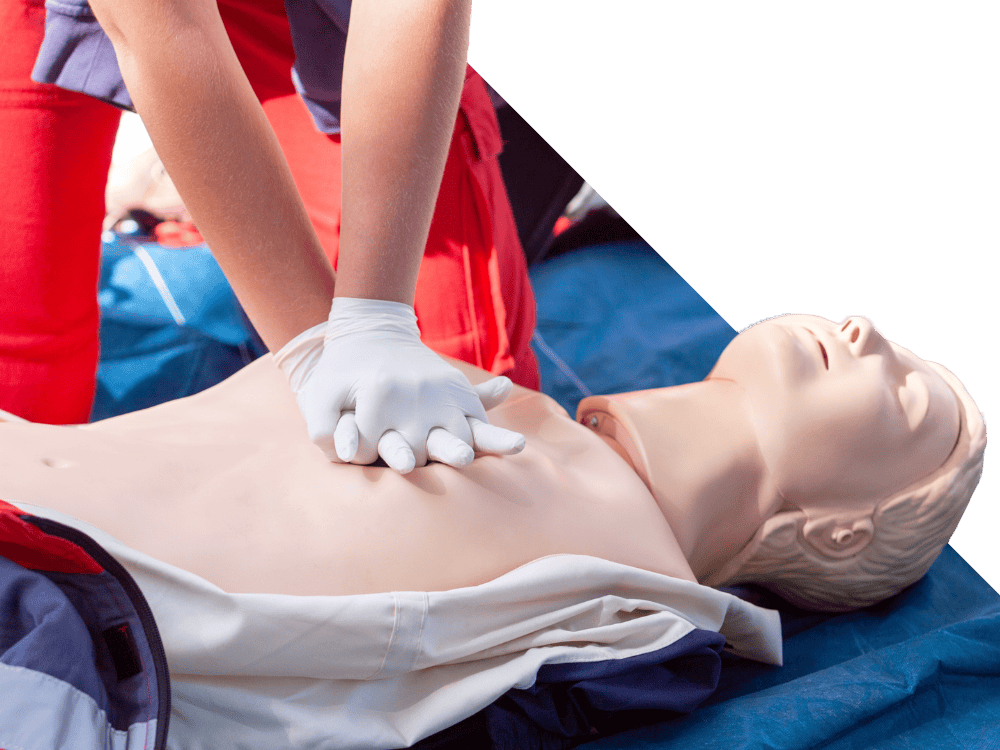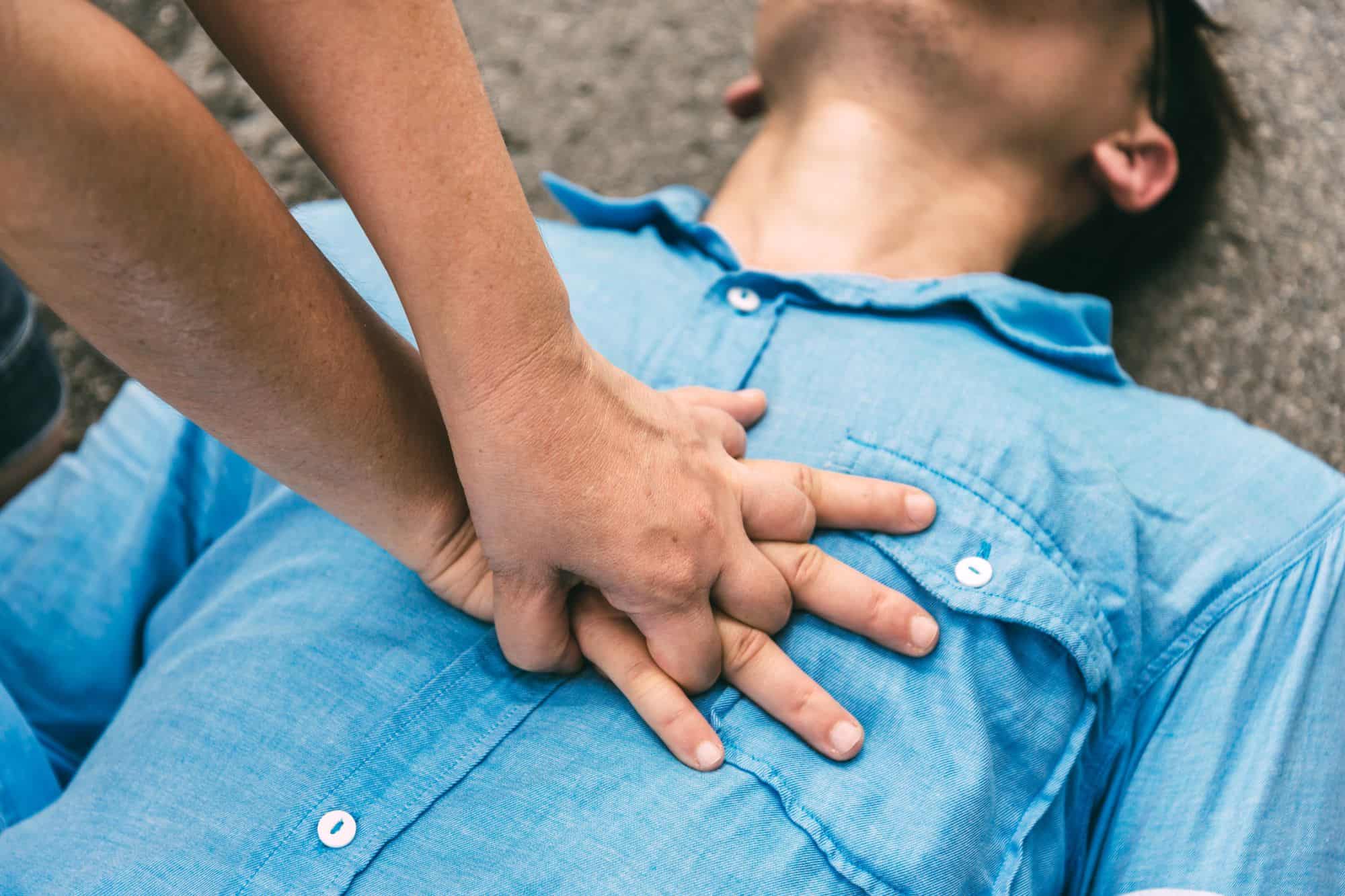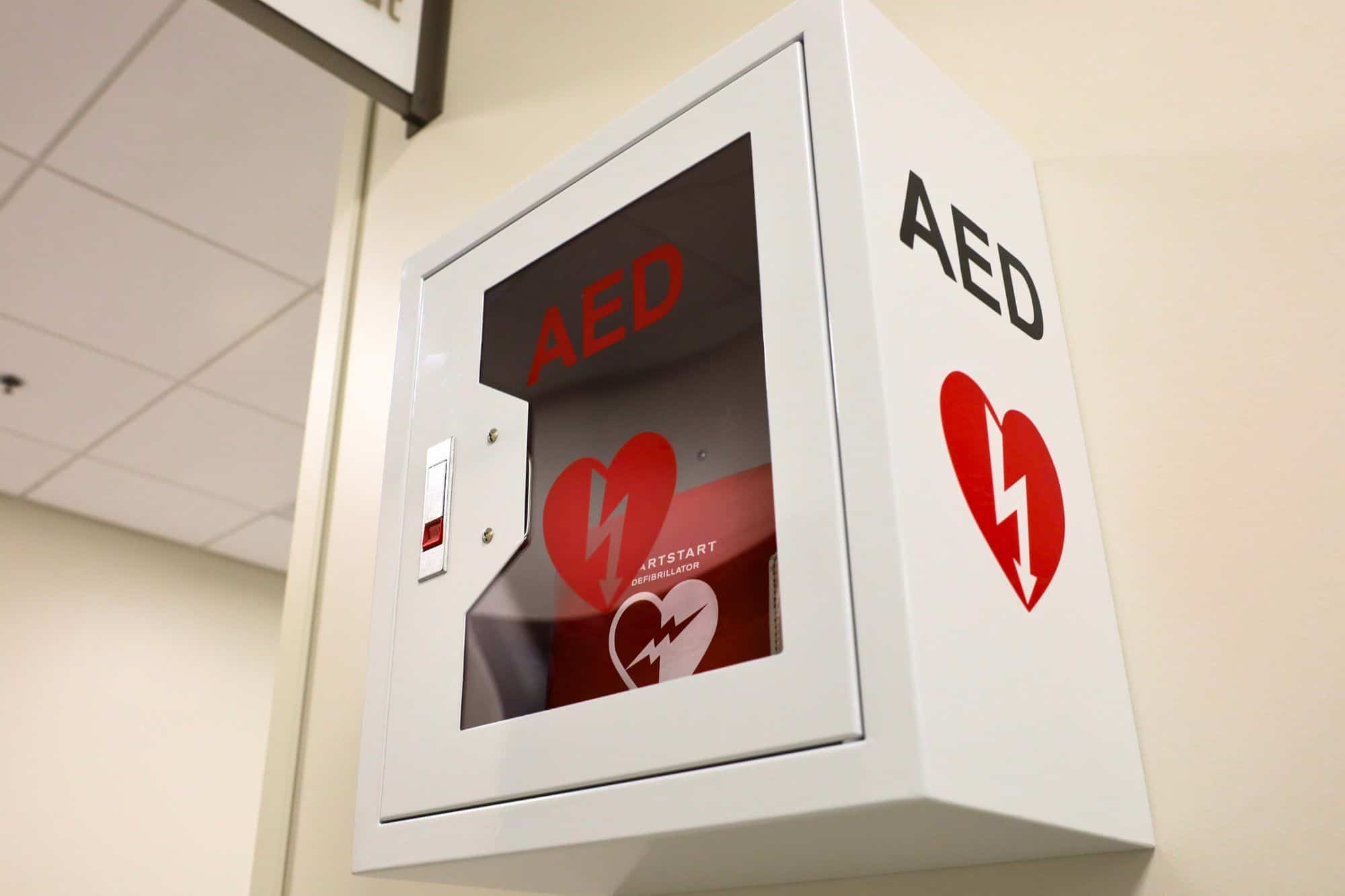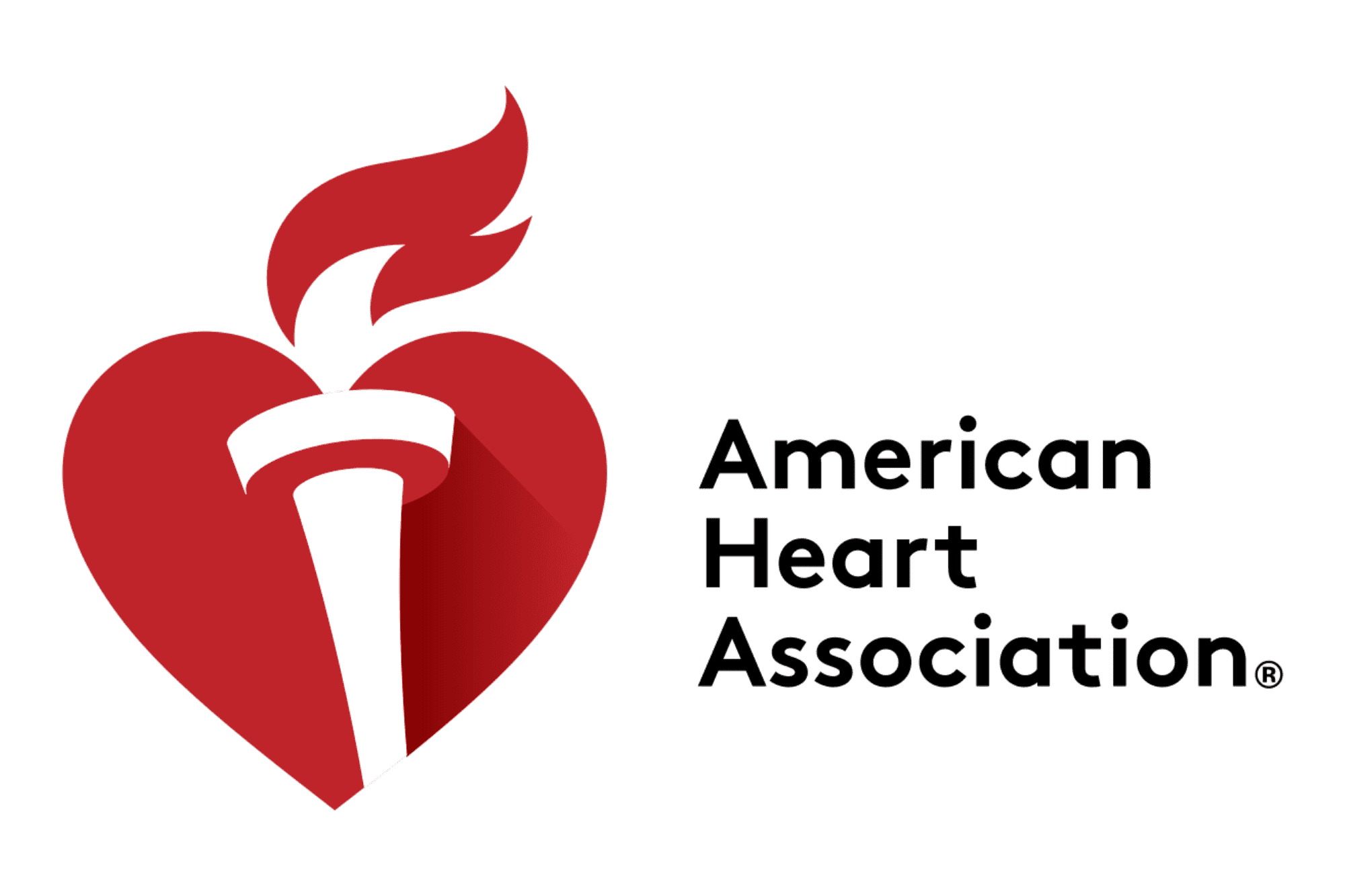
Learning More About CPR and AEDs
Every year in the United States, more than 350,000 cardiac arrests occur in the home or in public places outside of the hospital setting. National statistics show that immediate CPR and automated external defibrillator (AED) usage can double - or even triple - a person's chance at survival. Take it from us, you do not need to be a medical professional to save a life.
Almost anyone can perform CPR or use an AED. AEDs can be found in many public places across the community and they provide clear, step-by-step instructions so that anyone can use them effectively while awaiting emergency medical personnel to arrive. More information about CPR and AEDs can be found below.
If you are experiencing an emergency, call 911 immediately.
What Is CPR?
CPR – or Cardiopulmonary Resuscitation – is an emergency lifesaving procedure performed when the heart stops beating. Immediate CPR can double or triple chances of survival after cardiac arrest. By using CPR, an individual can assist in keeping blood flow active – even partially – which can extend the opportunity for a successful resuscitation once trained medical staff arrive on site.
CLICK HERE to learn more about CPR from the American Heart Association.
What Is An AED?
An automated external defibrillator (AED) is a lightweight, portable device that delivers an electric shock through the chest to the heart when it detects an abnormal rhythm and changes the rhythm back to normal.
AEDs help people who have a sudden cardiac arrest, which occurs when the heart suddenly stops beating regularly. This happens when the heart's natural electrical system does not work correctly. If not treated within minutes, cardiac arrest quickly leads to death.
AEDs can greatly increase a cardiac arrest victim's chances of survival. The AHA offers a two-page guide on how to implement an AED program at a company or organization. To minimize the time to defibrillation for cardiac arrest victims, deployment of AEDs should not be limited to only trained people (although training is still recommended).
CLICK HERE to learn more about AEDs.
CLICK HERE to learn more about implementing an AED program.
American Heart Association
For more about CPR and AEDs, visit the American Heart Association's website at Heart.org.
If you're interested in completing CPR training, CLICK HERE.


